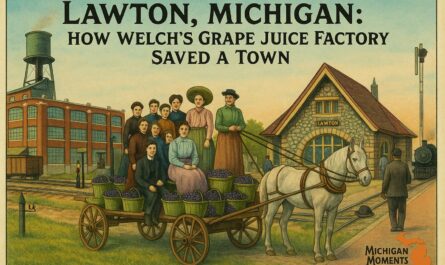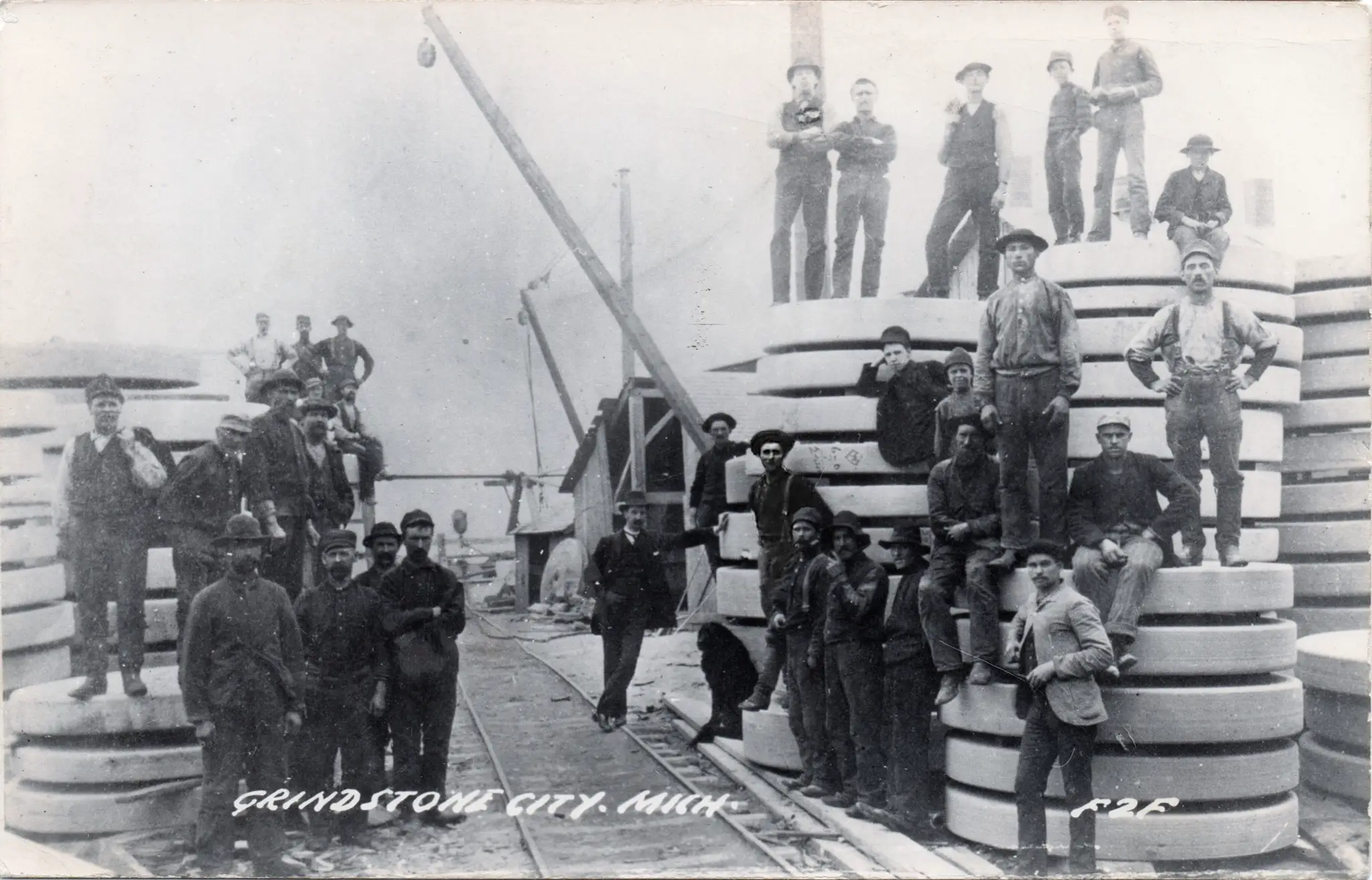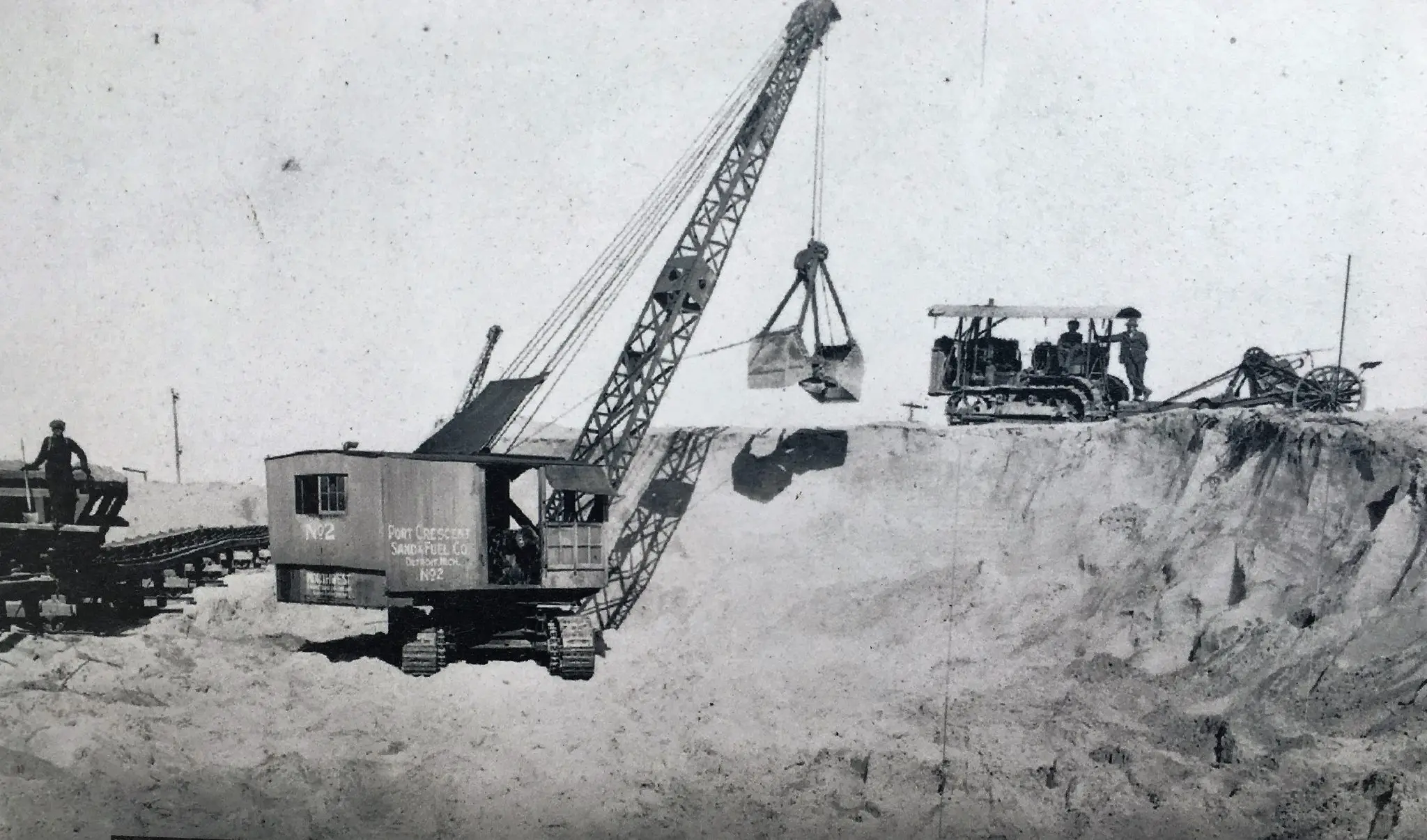Freda, Michigan, is an unincorporated community about 15–17 miles west of Houghton on Lake Superior’s shore. The town was established in the early 1900s by the Champion Mining Company (a subsidiary of Copper Range) and named after Freda Paine, the daughter of company investor William Paine. Freda Michigan history is a look at what life was like all up and down the range.
Video – Freda, Michigan – From Copper Boomtown to Ghost Town
The Founding of Freda and Its Copper Mill

Life in a Remote Company Town
Freda’s existence revolved around the massive Champion copper stamp mill built at the base of a sandstone cliff between 1901 and 1905. This mill processed copper ore brought by rail from the mines in Painesdale, crushing rock into concentrated copper sludge for smelting. The village grew up around the mill, with company-built housing, water lines, and even a fire department installed during its founding years.
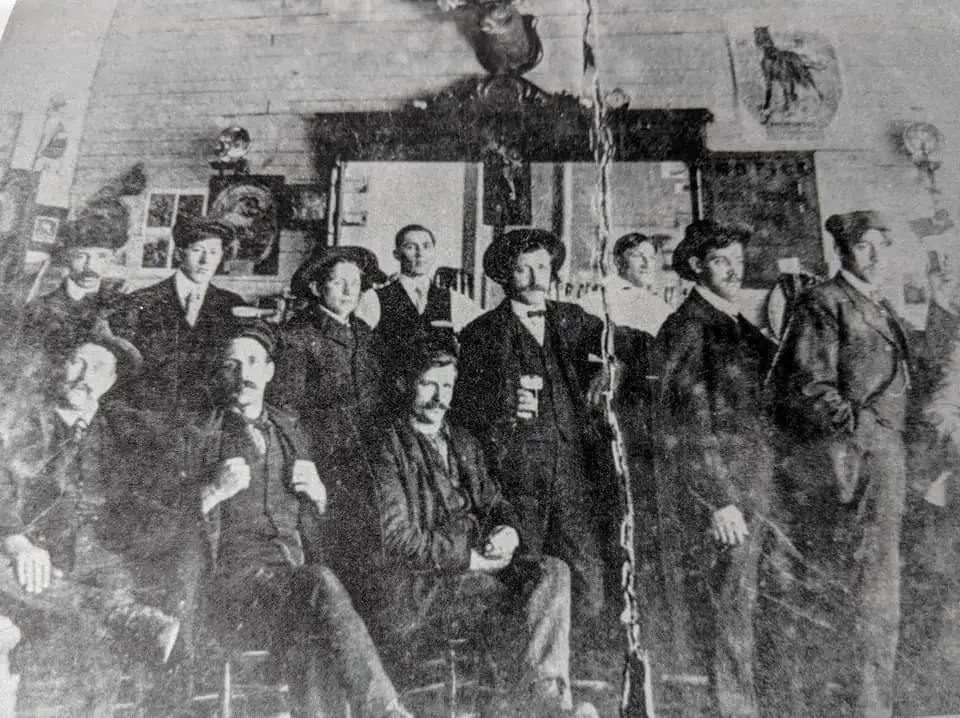
By 1910, Freda’s population reached roughly 500 residents. The attached historical photos from 1900 to 1950 capture the fabric of daily life in this bustling company town. In a 1900 photo of Darcy’s Saloon, one can imagine weary mill workers gathering for a beer after long shifts.
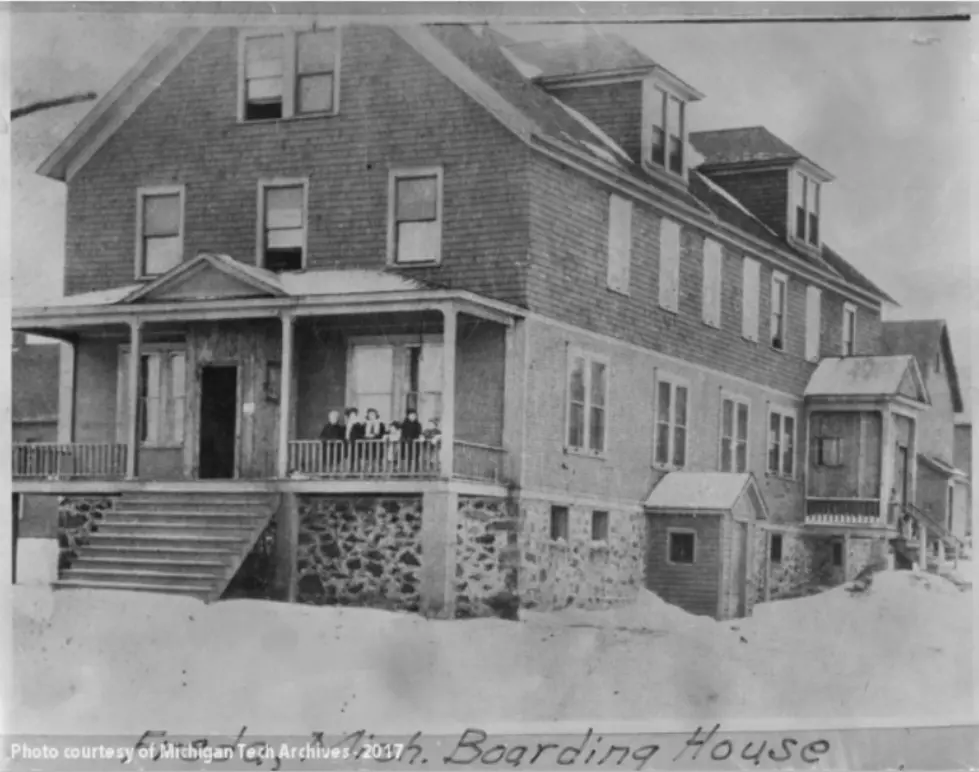
Freda’s large boarding house (40 rooms housing up to 60 boarders) provided lodging for single laborers. The community was well-equipped for its size: by the mid-1910s, it boasted two churches, a post office, a barber shop, a doctor’s office, a school, and even a movie theater by 1917. Leisure and civic life flourished – Freda had several hotels, saloons, a baseball field (as seen in the 1932 team photo), and even an ice-skating rink in winter, according to local accounts. A Hansen’s general store (“Shoppe”) and an office building that doubled as a laboratory and doctor’s office (both visible in the photos) illustrate the services available in this remote community.
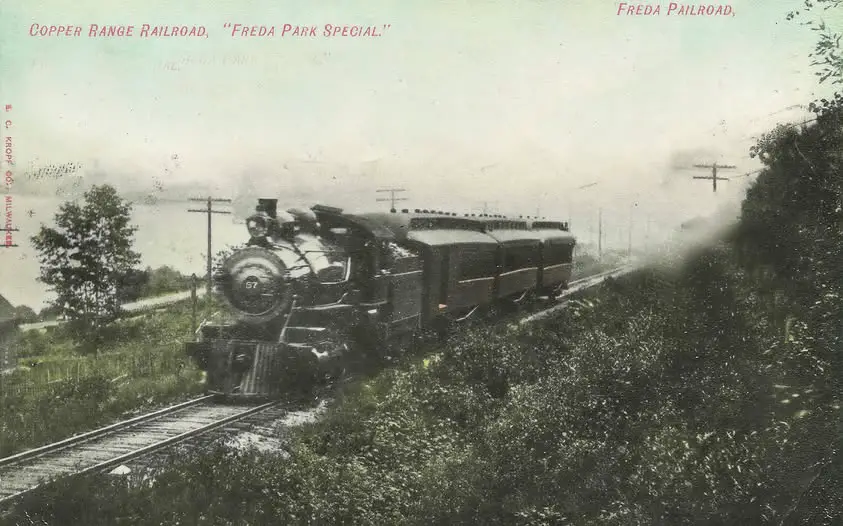
Transportation and industry are common themes in the visuals. The Copper Range Railroad was Freda’s lifeline – it hauled 55 carloads of copper-rich rock to the mill each day at peak production, and also carried people. One photo (a Gazette clipping) shows a train arriving at Freda Park around 1905, filled with excursion passengers.
Freda Park: Summer Escape by the Lake
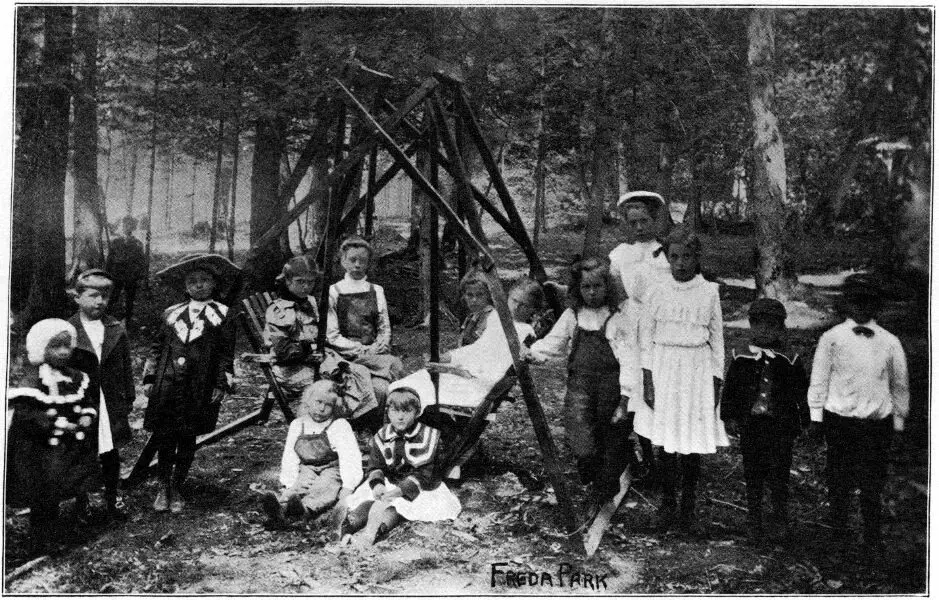
Freda Park, a recreation area one mile west of town, was developed by the railroad in 1905–1908 as a lakeside amusement park. Every Sunday and holiday in the 1910s, special trains brought hundreds of Copper Country residents to Freda Park for picnics, dances in the open-air pavilion, sports, and Lake Superior breezes.
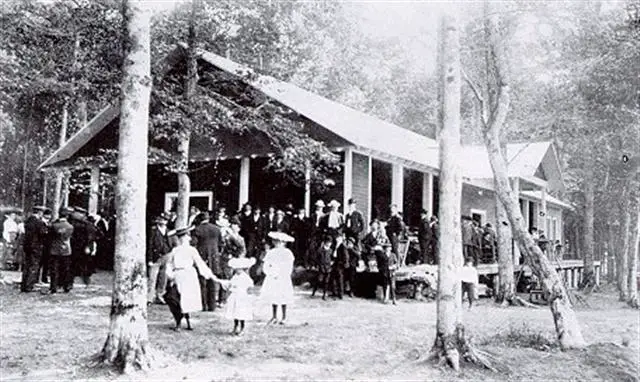
One attached image of the Freda Pavilion harkens to those joyful gatherings. The park featured a dance hall, a concession stand run by local vendors, playground swings, and even a beer wagon on Saturdays – all immortalized in community memory. Freda Park thrived until automobiles became common; attendance fell as people drove elsewhere, and the park closed after the 1918 season.
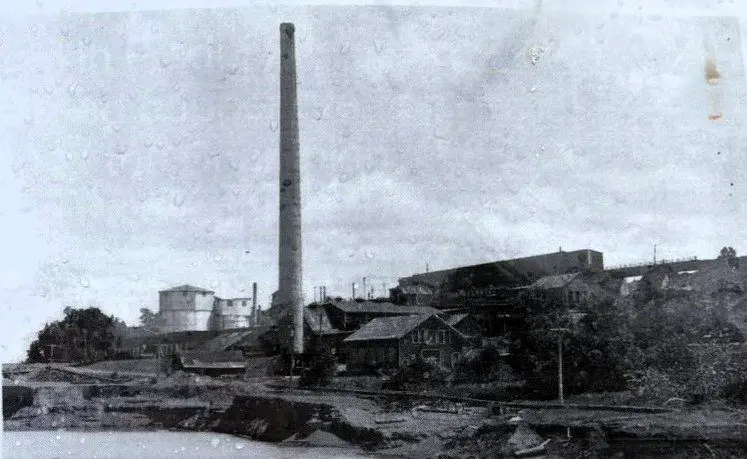
The photos also document Freda’s industrial might. The Champion Mill itself (seen in a 1934 image) dominated the shoreline with its stamp heads pounding ore day and night (the mill was so noisy it shut down only on Sundays). A tall smokestack rose above the mill, and piles of dark stamp sand (crushed rock waste) lined the shore. By the late 1930s, the mill was modernized with a new flotation process to recover more copper. Freda even got electricity in 1920 and finally a plowed road in 1933, reflecting its gradual connection to the outside world. Throughout World War II, the Champion mill in Freda was among the most advanced copper mills in the world.
Changes, Challenges, and the End of an Era
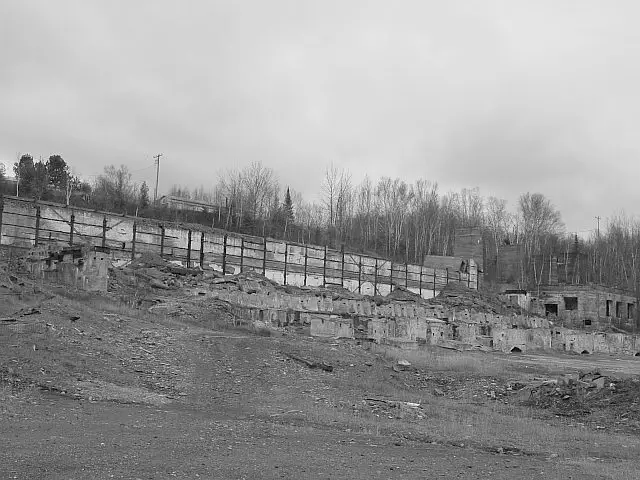
Freda’s history (1900–1950) is one of a thriving copper mill town with a close-knit community. The attached vintage photos show a place that was both an industrial hub and a lively hometown. From saloons and boarding houses to schoolyards and Sunday excursions at Freda Park, these images help us research and envision Freda’s vibrant early 20th-century life. Key events and themes – the founding of the mill, the booming copper industry, the railroad park excursions, and the gradual changes by mid-century – are all evidenced in the historical photographs. This groundwork of research will inform the narrative script and ensure that the storytelling aligns with Freda’s documented history and the visuals provided.
(Sources: Stanton Township local history stantontownship.com, Mining Gazette archives mininggazette.com, Wikipedia en.wikipedia.orgen.wikipedia.org.)
